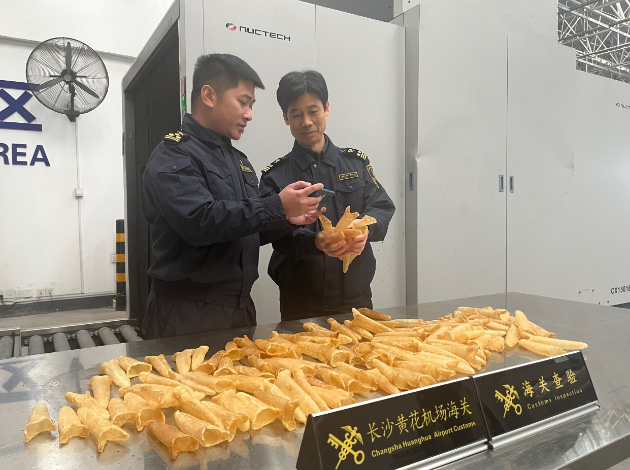2025-06-09
绿色
智慧
联通
未来
Green
Smart
Connected
Forward
MORE+
Admissibility Query of African Agri-Food Products to China
China's Imports of Agricultural Products from Africa

8
Positive Growth over Eight Years
Newly Admissible Products
Laws and Regulations
.png)
0
laws and regulations registered in the database
.png)
0
Chinese laws and regulations registered in the database
Proportion of African countries’laws and regulations registered in the database
Trade Statistics

























.png)
.png)
.png)
.png)